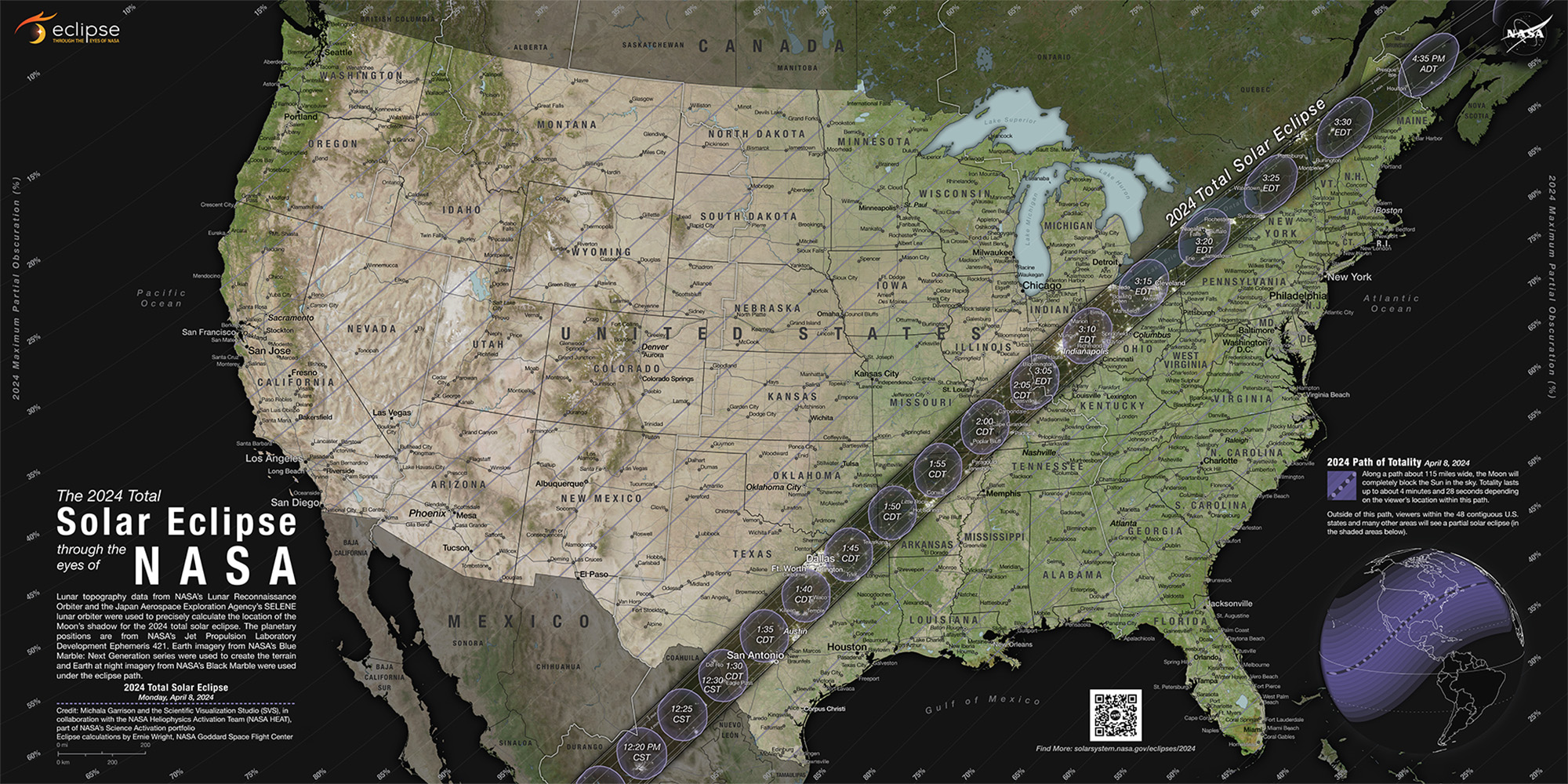A Once in a Lifetime Event
Eclipse 2024 – April 8, 2024
A Total Solar Eclipse is a Once in a Lifetime Event
On Monday, April 8, 2024, much of North America will be treated to an eclipse of the sun. From Mexico through Texas and arching northeastward toward Canada, a 100-mile wide section of “totality” will experience a once in a lifetime event as the the moon blocks out the sun and turns the day to twilight. It will get dark enough for street lights to turn on, the temperature will drop and bright stars will be visible in the sky – it will be like night in the middle of day.
This event will be seen by millions and eclipse events are being planned all across the country.
Our Guide to the Eclipse
Our Eclipse Field Guide, a printed pocket field guide assisting parents and educators will ensure their children and students get the most out of this once in a lifetime event.
Check back in November to pre-order our field guide for a holiday 2023 publication.
As the countdown clock ticks down, the excitement will grow to a level just a few of the most avid eclipse chasers predicted. Plans for events and celebrations across the country are now taking place. Make sure you find a way to participate.
Stay in touch with social media





